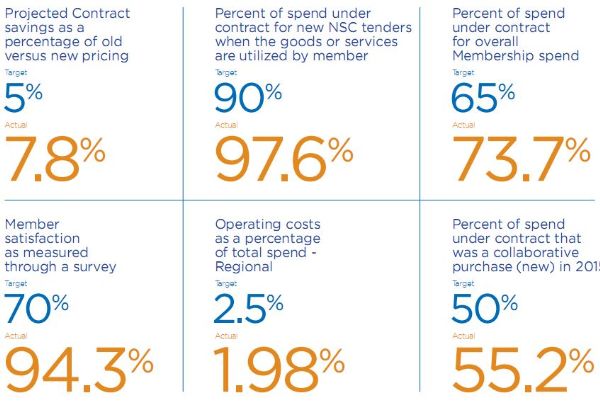Partnerships can really pay off in the health-care sector.
Proof of that is found in the Northwest Supply Chain, a 2011 partnership initiative sponsored by the Thunder Bay Regional Health Sciences Centre and the St. Joseph’s Care Group that includes 13 participating Northwestern Ontario hospitals.
Stakeholders of the Supply Chain announced at a Thursday news conference that the initiative now projects to deliver a savings of nearly $31 million over 10 years.
Alone, small hospitals in this region lack the buying power of larger facilities. The Northwest Supply Chain partnership gives those Northwest hospitals a purchasing power that’s led to savings of $21 million to date, and $6.9 million this year.
The Supply Chain removed a number of obstacles for Angela Bishop, the president and CEO of the Red Lake Margaret Cochenour Memorial Hospital.
Before the Supply Chain, Bishop said the Red Lake hospital was forced to buy more product than it needed, leading to waste when product expired.
Buying through the Supply Chain allows the Red Lake hospital to purchase only what it needs, reducing initial costs and the eventual waste from expired products.

But the Supply Chain savings go beyond product purchases.
“We entered into a really significant contract for diagnostic imaging equipment,” Bishop said.
“So we had a service contract, and individual contracts for each individual piece of equipment. Through the Supply Chain we were able to go out to tender and get a vendor that serviced all the equipment.”
That vendor is now on the diagnostic imaging equipment for the entire region, not just the Red Lake hospital.
That contract alone will net Bishop’s hospital a savings of $20,000 a year, a figure that they’ll immediately re-invest in patient care and front-line services.
“We’ll be able to use that money to increase the vacation coverage of our ultrasound technologist,” she said.
“Now when the ultrasound technologist goes on vacation we have the money to bring someone in to cover her.”
According to Scott Potts, St. Joseph’s Care Group’s vice-president of infrastructure and planning, the Supply Chain has exceeded all original expectations.
A comforting fact given the Northwest initiative was created after plans for a pan-Northern Ontario partnership fell apart.
Instead of throwing away the partnership idea, Potts said the Northwest stakeholders refocused the idea to be specific to this region.
“The Northwest group saw some real value in purchasing and strategic sourcing,” he said.
“So we formed the group that developed the business plan. We submitted it to the province, got the partners on board and ultimately all 13 hospitals in Northwest Ontario formed the Northwest Supply Chain.”
